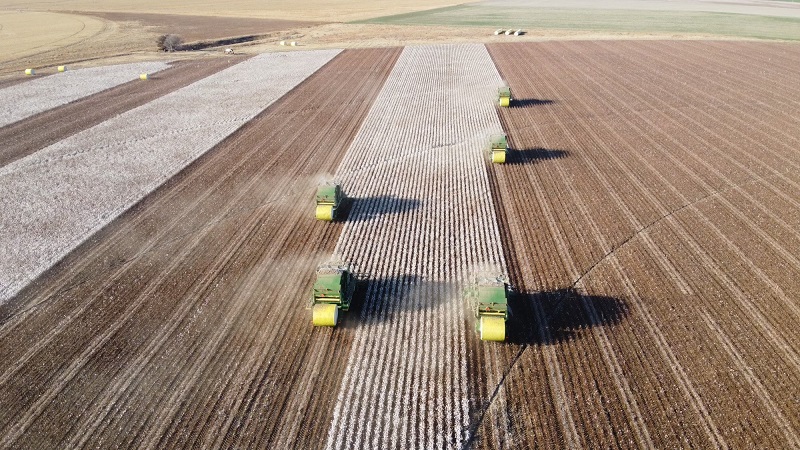Cooperation Makes 2010 a Game-Changing Year
The past year was a game-changer for cotton on numerous fronts: historically high cotton prices, the entry into new product categories, and a spirit of cooperation along the global supply chain.
In 2009, cotton prices at planting time were at their lowest point relative to other crops in more than two decades and many U.S. producers had switched to planting alternative crops. Acreage outside the U.S. fell as well. The combined effect of reduced production and rising demand led to a rapid downward movement in the stocks-to-use ratio, a key indicator of cotton prices.
Rising prices send a signal to producers worldwide that the market needs more cotton, and thus global acreage should rise in 2011. While prices hopefully will not return to the depressed levels of the past decade, they should reach a level that affords the producer a monetary incentive to continue with cotton.
The effect of rising cotton prices to the consumer is largely misunderstood by those unacquainted with nuances of textile economics. Obviously, textile retailers are as reluctant to raise prices as their consumers are to pay more. Consumers, especially those in the United States, have grown accustomed to getting quality cotton textiles at bargain prices. In fact, clothing prices have declined nearly 20 percent over the past 15 years.
What is important to remember is this: even if consumers were to bear the total burden of increased cotton fiber costs, that would only translate to a low-single-digit increase at retail, based on the weight of the cotton used in the garment, with big-box apparel retailers–who typically have smaller margins–the most likely to pass costs on to consumers.
While fiber costs do represent a significant portion of the cost of goods, it isn’t the only one. Rising labor costs, costs associated with cut-and-sew and finishing, also play a significant role in the final cost of textile goods.
Outdoor gear and general athletic apparel have been dominated for decades by synthetic fibers, which offer performance but not necessarily comfort. Over the past four years, Cotton Incorporated has worked diligently to develop and promote moisture management technologies that enhance cotton’s moisture management capabilities. These innovations allow cotton to be as high-performing (or more) as synthetics in this regard. The coming year will usher in a new era for cotton in both the outdoor apparel and athletic apparel categories, with global brands adding significant volumes of performance cotton products to their lines.
Perhaps the most notable game changer of 2010 is the renewed spirit of cooperation along every link of the supply chain. At the recent Sourcing USA Summit sponsored by Cotton Council International and Cotton Incorporated, more than 450 buyers, sellers, growers and retailers representing the global cotton industry met for three days of discussion. What emerged from these discussions was a strengthening of the relationships between the groups, which recognize that all must work together to weather short-term storms and assure long-term success.









